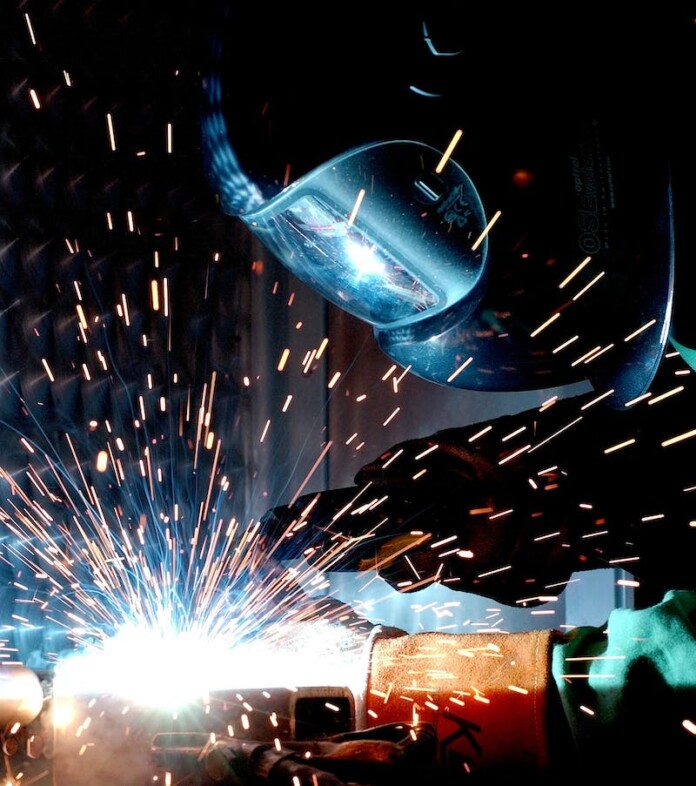Did you know that welding is among the many jobs with a high accident rate? In America alone, it was reported that at least 500,000 welders were injured in a year.
For someone who welds every day, that statistic can be alarming, and even more so for hobbyists, as they don’t usually meet the safety standards in their homes. Still, the figures don’t necessarily have to be consequently high.
With the right safety tips, the number of accidents in welding can be reduced significantly. You may want to follow these tips if you want to get into welding.
Wear Safety Equipment
In a welding workforce, wearing protective gear should be a common practice. Here are the basic protective gears every welder should have.
Welding Helmets
Welding produces sparks and harmful heat that can damage your eyes and face. For this reason, welding helmets are crucial in every welding process. Welders who refuse to wear welding helmets may suffer from short-term burns to long-term effects such as blindness when they are continuously exposed.
Welding Gloves
Gloves designed specifically for welding allow you to hold hot welded metals while protecting your hands from spatter. Also, welding emits harmful UV radiation rays during the process, which is why it is important to wear welding gloves, as they are designed to protect your skin.
If you’re welding without this protective gear, you may not instantly feel the harmful rays during the process; however, it may result in excruciating burns after several hours. It can also result in more severe skin problems such as cancer.
Welding Boots
In every welding workshop, accidents can happen anytime–chances are, you may accidentally step on electrical currents, or you may experience metals falling on your foot. In this case, it’s important to wear welding boots.
These boots are not like your average work boots. They can safely hold out against electrical currents. They can also resist the heat as well as the impact of metals falling on your foot. It reduces the risk of injury, whether from falling objects or getting burned.
Welding Jackets
These jackets are designed to resist spatter, heat and fire. If you can’t find a welding jacket that is fully resistant, at least opt for something nearly similar to it. Welding jackets that provide optimum protection are made of quality leather. These jackets feature a turtleneck and long arms that protect your skin from spatter.
Although some welders, especially hobbyists, prefer wearing overalls, it doesn’t mean they are safe. Welding jackets are always the safer option.
Respirators
This protective equipment worn over the mouth protects you from inhaling harmful fumes and allows you to breathe clean, filtered air.
Position Yourself Away From Heat
When it comes to welding, heat is not something you can eliminate, as it is the core element of any welding process. However, you can eliminate the possible risk of harm.
While welding gloves protect your hands from hot metals, handling and welding hot metals and other components in a certain way are the best practices to reduce burns. If you are welding in a restricted space, a welding helmet will mitigate head burns.
But it’s also important to adjust your position when you weld where spatter, sparks, and heat don’t reach relatively close to you. Although it may be arduous to weld in this manner, your body will thank you later.
For instance, some helmets don’t cover the top part of the head, and as a result, welders usually get burned when they are welding overhead. This increases the risk of getting sparks on their head. For this reason, you may want to position yourself to the far side before welding.
Keeping the intense heat away from you in the best possible way while producing superior welds can significantly reduce the likelihood of getting roasted.
Reduce Fire Hazards
Fire is considered a dangerous facet of welding. The heat produced during the process of welding is sufficient to cause surrounding flammable materials to catch fire.
It’s worth keeping a fire extinguisher in your workshop should the need arise. Also, it’s crucial to be mindful of the flammable materials in the area where you work.
These flammable materials include rags, wood, and gas. When you wear the hood down as you weld, it’s impossible to see everything near your workstation, so you may want to stow the flammable materials away from the area.
The Takeaway
Welding comes with many risks, but the harm and injuries incurred are mostly because of one’s lack of safety awareness. Whether you’re a hobbyist or a full-timer, it’s important to work with the proper safety gear and be cautious of your surroundings.
By following these safety tips, you are carrying out your part as a responsible welder in keeping yourself and everyone else in the workplace safe.




